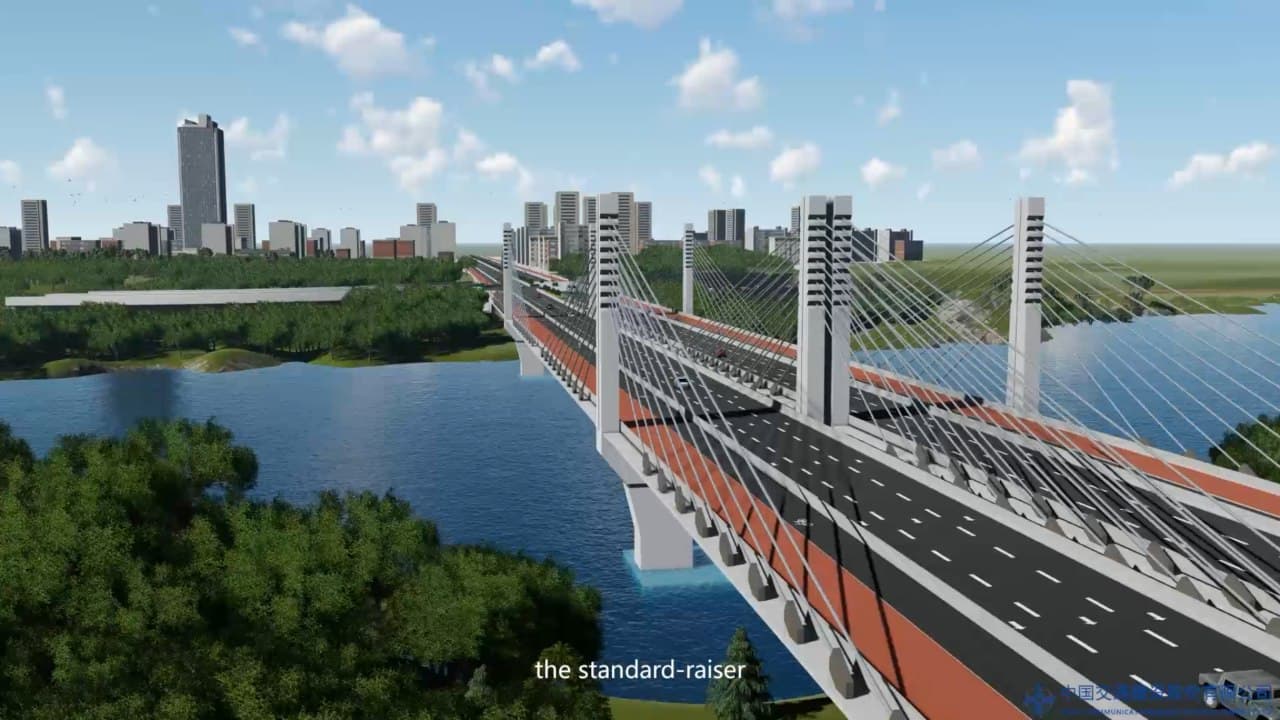
Designed by city engineer Merrill Butler, the 6th Street Viaduct was the last and longest of its kind, called the “grandest of the monumental river bridges” by the Los Angeles Conservancy. Built in 1932, the moderne bridge suffered from what engineers called “concrete cancer,” continually disintegrating due to a chemical reaction, and had to be replaced.įor conservationists, it was a painful loss, one of the most graceful of 12 spans built to cross the river as the once remote West Coast city was becoming a metropolis. The bridge, which was more than $100 million over budget and delayed by two years, replaced the 6th Street Viaduct. It symbolizes the working people of Los Angeles that are the backbone of this economy.” “It’s the 6th Street bridge and it symbolizes much more than the Hollywood elite. “The Hollywood sign has been the iconic symbol for Los Angeles along with Griffith Observatory, but there’s a new star in town,” said City Councilman Kevin de León, who represents the working-class Latino neighborhoods on the Eastside and the Arts District downtown. Bike lanes, he said, don’t have as many protections as the pedestrian walkway, which is shielded by a low concrete wall. Some bicycling advocates like Michael Schneider, founder of the mobility advocacy group Streets For All, were disappointed with the final design. The 3,500-foot-long bridge was designed by architect Michael Maltzan, who focused on creating “something that could knit the city together in a more consequential way.” The design was selected by the Bureau of Engineering through an international contest.

For example, closing it down when the Rams win the Super Bowl again.” But the city hopes to use it for just that. “Most bridges aren’t designed for celebrations or special occasions. “It’s very rare that you configure a bridge so that it can be shut down and carry pedestrians,” said Michael Jones, a principal engineer at HNTB Corp. Officials have dubbed the new bridge the “Ribbon of Light.” And its thousands of LED lights, tucked into the arches and under the beams, can turn the gray viaduct to Dodger Blue or any other color of the rainbow the occasion calls for. But unlike most bridges built mostly to sustain the weight of big rigs barreling down them, the new bridge is meant to hold massive celebrations.Įngineers tailored its capacity for tens of thousands of people, not just cars and trucks.

The construction took six years, stalled by the pandemic and unforeseen soil conditions. The badly deteriorating former 6th Street Viaduct made memorable appearances in “Grease,” “Terminator 2" and “Repo Man” but never symbolized the city in the same way as the Hollywood sign, the Coliseum or City Hall. They are widely used in props for Hollywood films, photo shoots and car commercials, as is the concrete L.A. While the Golden Gate Bridge and the Brooklyn Bridge are landmark expressions of their cities, the subtle beauty of the Art Deco bridges spanning the Los Angeles River has always attracted more local niche attention.

“It’s our generation’s love letter to the city,” Mayor Eric Garcetti said, standing on the bridge Friday morning, gray like the marine layer that hung over downtown’s skyscrapers. With its 10 pairs of tilted arches, it is the largest and most expensive bridge the city has ever erected, connecting downtown to Whittier Boulevard, the heart of the historic Eastside, and replacing a beloved Depression-era bridge that was demolished in 2016 because it was falling apart.


 0 kommentar(er)
0 kommentar(er)
